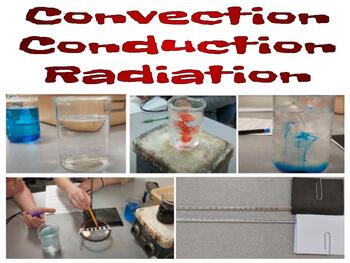Planet Earth: Amazing Nature Scenery
This is an amazing video that takes the viewer on a fantastic voyage to observe the majesty of the nature of the Earth. This video can be used to explore physical geography or geoscience also.
This is an amazing video that takes the viewer on a fantastic voyage to observe the majesty of the nature of the Earth. This video can be used to explore physical geography or geoscience also.
This is a brief educational video on the geography (including location, size, and regions) of the United States.

In this assignment, students will open up a Google Doc, you can have it printed as well, and fill out a table of some very useful industrial ores. The ores that will be researched are diamonds, gold, rock salt, bauxite, iron, and titanium. Students will research which 3 countries in the world are the top producers of each ore. They will then find and write 2 or more industrial uses for each ore. As they are doing their research, students will also use a map and mark where these countries are. This is great to reinforce the geography standards.

In this Earth Science or Physical Science lab, students will gain an understanding of the three types of thermal energy transfer, conduction, radiation, and convection. Students will use hot, cold, and room temperature water to demonstrate convection by using food coloring. Students will then see how long chocolate chips take to melt when you add heat to just one side of some tin foil. Finally, they will use heat lamps, thermometers, and dark and light-colored papers to demonstrate radiation and the absorption of radiated heat.

In this lab I have students observe what happens to water, which represents air, warms up and what happens to water as it cools down. Using a hot plate, a large glass cake pan, a bag of ice and food coloring can easily demonstrate how wind is formed. The demonstration can also be used in topics of high/low pressure, warm and cold fronts, mantle convection if you would like. The assignment, however, is for high and low pressure systems and wind.
This is a great video that shows Apollo 11, orbiting the Moon, and the Lunar Module descending and landing on the Moon, and Neil Armstrong taking the first step on Moon, and saying, "One small step for man, one giant leap for mankind!" These events were part of the Space Race during the Cold War.
This is a great video that shows a general simulation of how the launch, orbiting, and re-entry worked for John Glenn as he beacme the first American to orbit the Earth during the Space Race of the Cold War.
Remember that good old show WKRP. What happened to great TV like that? Anyway, in this video the teacher teaches one of his students all about the atom. This clip is full of humor while teaching the concept. He does a pretty good job of it too. Lighten the mood in your classroom by showing this video during your unit on Atoms.
This video isn't so much about Thor's hammer as it is about the density of dying stars. I am only assuming that Vsauce, the video creator, did the research, but this video would make a great conversation starter when talking about density and specifically about the density of collapsed stars.
This is an excellent video about how the absence and reintroduction of wolves in Yellowstone affected the Yellowstone food web and even change the behavior of rivers. Now you might be wondering as I did, how in the heck can wolves change the behavior or the Yellowstone rivers. The images in this video are very beautiful and your students will enjoy this short video. If you are teaching some ecology in your science classroom then this video is for you.